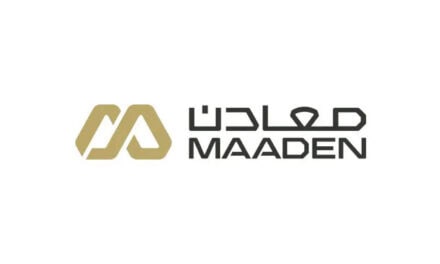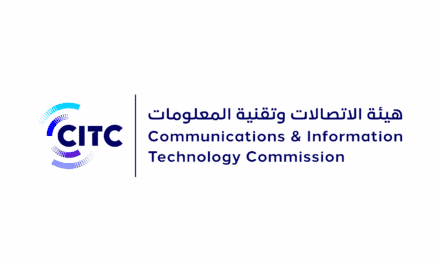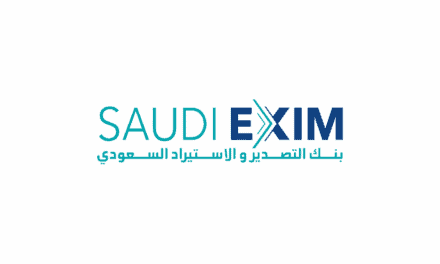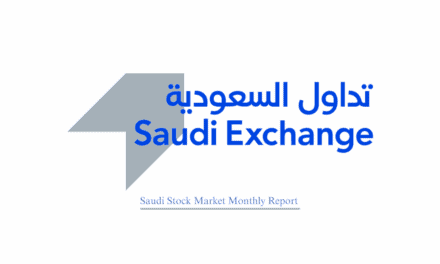Saudi Banks’ Deposits Surge by 123 Billion Riyals in Q1 2024
Riyadh, Saudi Arabia — Saudi banks recorded a notable shift in financial dynamics during the first quarter of 2024. Deposits rose sharply, reaching 2.6 trillion riyals—a quarterly increase of 4.8% and an annual growth of 8%. For the first time in recent years, deposit growth surpassed loan growth, which stood at 2.67 trillion riyals after a 3.3% quarterly increase.
The rise in deposits, totaling 123 billion riyals, significantly outpaced the 84.3 billion riyals increase in loans. This development eased liquidity pressures across the sector. The loans-to-deposits ratio, based on the Saudi Central Bank’s standards, dropped to its lowest level since 2020. This shift indicates improved funding conditions, although the regulatory ratio includes broader funding components adjusted by maturity schedules.
Mortgage Market Expands Rapidly
S&P Global Ratings noted that mortgage loans have been a key driver of loan growth. Their share rose from 12.8% in 2019 to 23.5% in 2023. This expansion reflects the success of government-backed initiatives aimed at increasing homeownership under Vision 2030. At the same time, S&P observed that while deposits have grown, loan demand will likely continue outpacing them in the coming years.
Strategies to Expand the Funding Base
To meet future lending needs, banks have three primary options for expanding their funding base. The first is liquidating part of their investment portfolios, which made up 15.7% of bank assets at the end of 2023. However, this could turn unrealized losses into realized ones, impacting financial statements.
The second strategy involves using revaluation reserves, which were negative 7.4 billion riyals as of year-end 2023. While this option is limited, it still provides a lever for improving liquidity.
The third option is to leverage mortgage-backed sukuk. The Saudi Real Estate Refinance Company (SRC), created in 2017, plays a central role here. By the end of 2023, SRC had acquired 26.7 billion riyals in mortgage loans, representing about 5% of banks’ total mortgage portfolios. Although this remains a small portion of the total loan base, sukuk offer a scalable tool for refinancing.
Foreign Markets Offer Additional Liquidity
Saudi banks are also turning to international debt markets. S&P projects this trend will continue over the next three to five years. Currently, Saudi banks have a net external creditor position of 43 billion riyals. However, this is expected to reverse, making banks net external debtors in the near future.
This shift underscores the sector’s evolving funding model as it adapts to growing credit demand and long-term expansion goals.






